DP Annika Summerson delivers a perfectly horrific result for ‘Censor’ using Kodak 35mm film
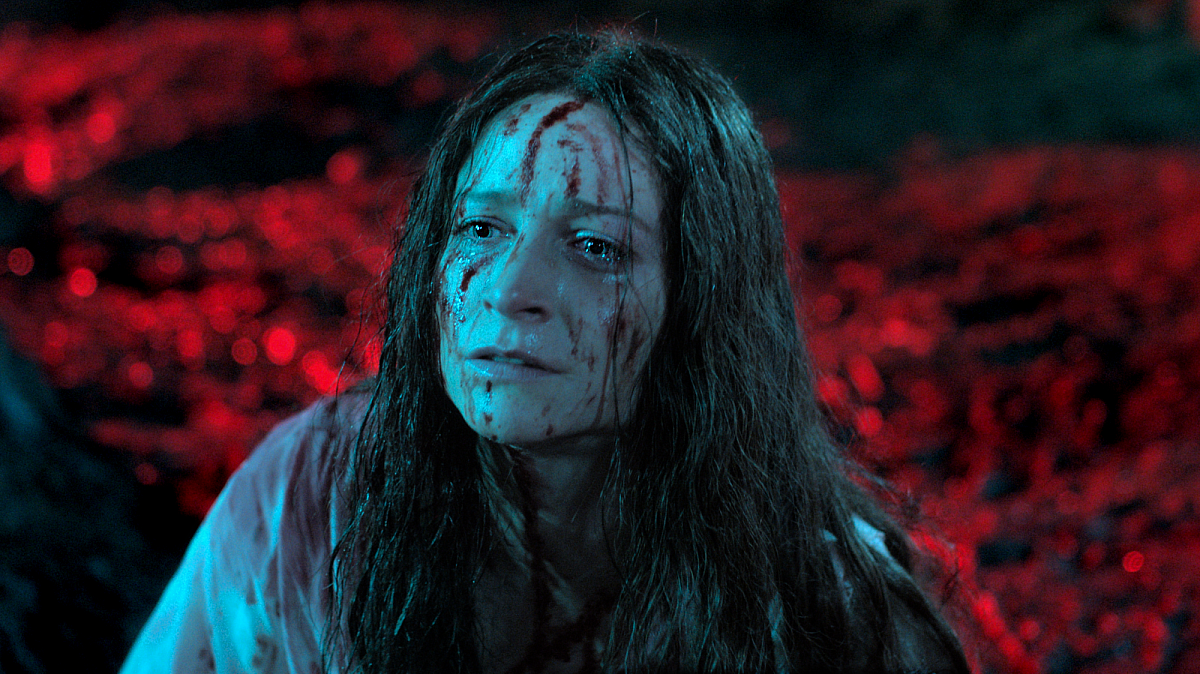
Niamh Algar in CENSOR, a Magnet release. © CPL/SSF. Photo courtesy of Magnet Releasing.
It’s 1980s Britain and the lurid, often macabre, contents of ‘video nasties’ are raising concern in censorial circles, not least about how they might encourage people to do things they really shouldn’t do. Cut to Enid Baines, who works as a film censor, and who, after viewing a strangely familiar nasty movie, sets out to solve the mystery of her sister's disappearance, in a quest that blurs the line between fiction and reality.
That’s the premise behind Censor, the £1.6million, psychological horror movie, directed by Prano Bailey-Bond, co-written by her and Anthony Fletcher, and filmed on Kodak 35mm film by DP Annika Summerson.
The vivid, low-budget feature, screening in the Midnight section of the 2021 Sundance Film Festival, was developed in conjunction with Film4, Creative England via the BFI Network, and Ffilm Cymru Wales, with added support from Kodak Motion Picture and Cinelab London.
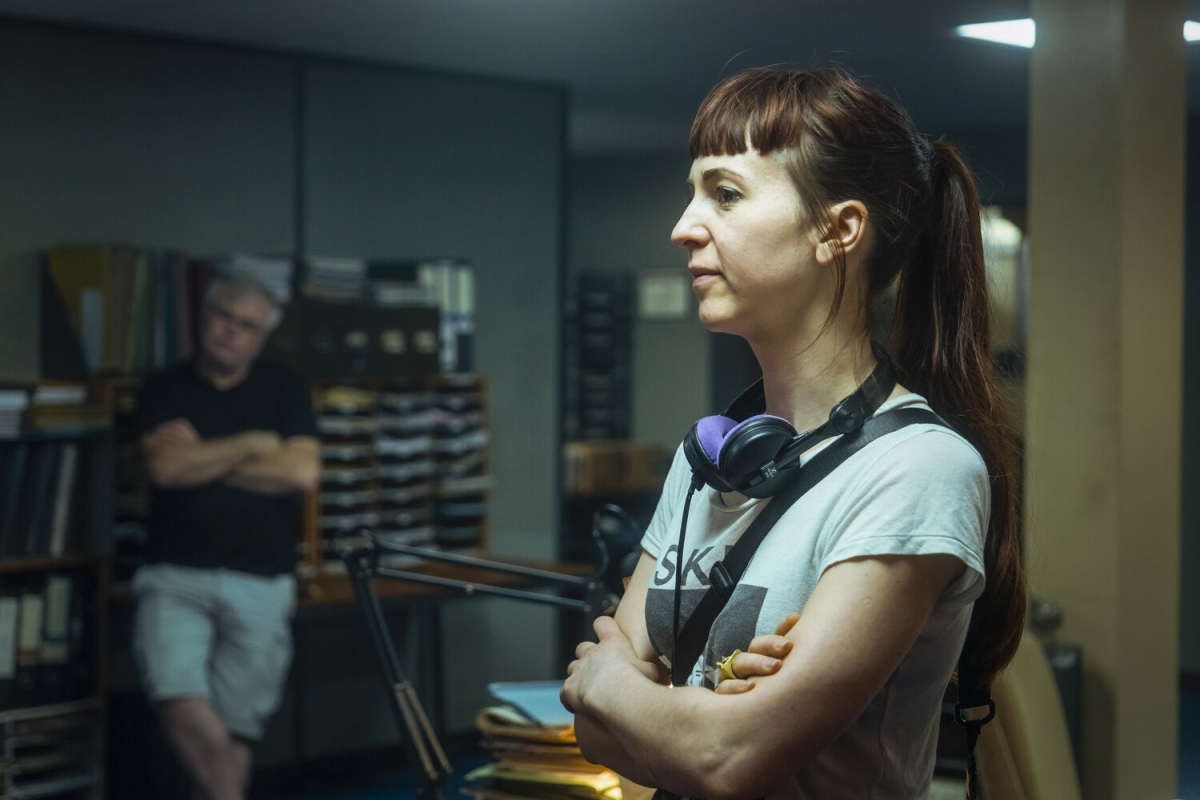
Prano Bailey-Bond, director of CENSOR, a Magnet release. © CPL/SSF. Photo credit: Maria Lax. Photo courtesy of Magnet Releasing.
Harnessing a 1980s aesthetic and billed as a ‘love letter’ to horror classics of the past, Censor marks Bailey-Bond’s directorial debut, with Helen Jones producing and Kim Newman amongst the executive producers. Niamh Algar and Michael Smiley lead the cast.
“Prano talked a lot about our characters and the societal impact of things like video nasties during our initial conversations about the overall look for the film,” recalls Summerson, a contemporary of Bailey-Bond during film-student days at the London College Of Printing, and who later completed her cinematographic studies at the UK’s National Film & TV School (NFTS).
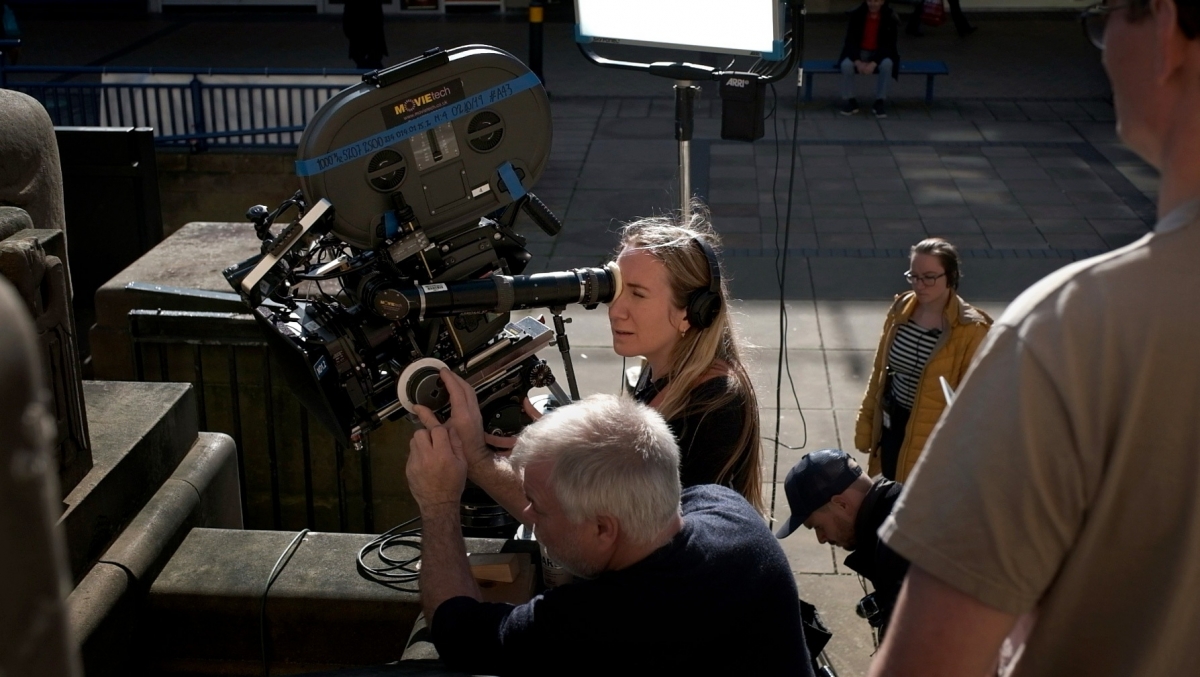
DP Annika Summerson at the 35mm camera during production on Prano Bailey-Bond’s Censor. Image courtesy of Silver Salt Films.
“We particularly spoke about Enid’s highly-subjective narrative and how we wanted to shoot the story from her point of view,” continues Summerson. “So, early on, we set some rules about the camera always being with her and seeing the world from her mindset.”
Deeper discussions regarding the scaremongering and social hysteria surrounding the impact of video nasties, and how this might affect Enid in particular, led Bailey-Bond and Summerson to countenance how they might use camera movement and color as part of the visual storytelling.
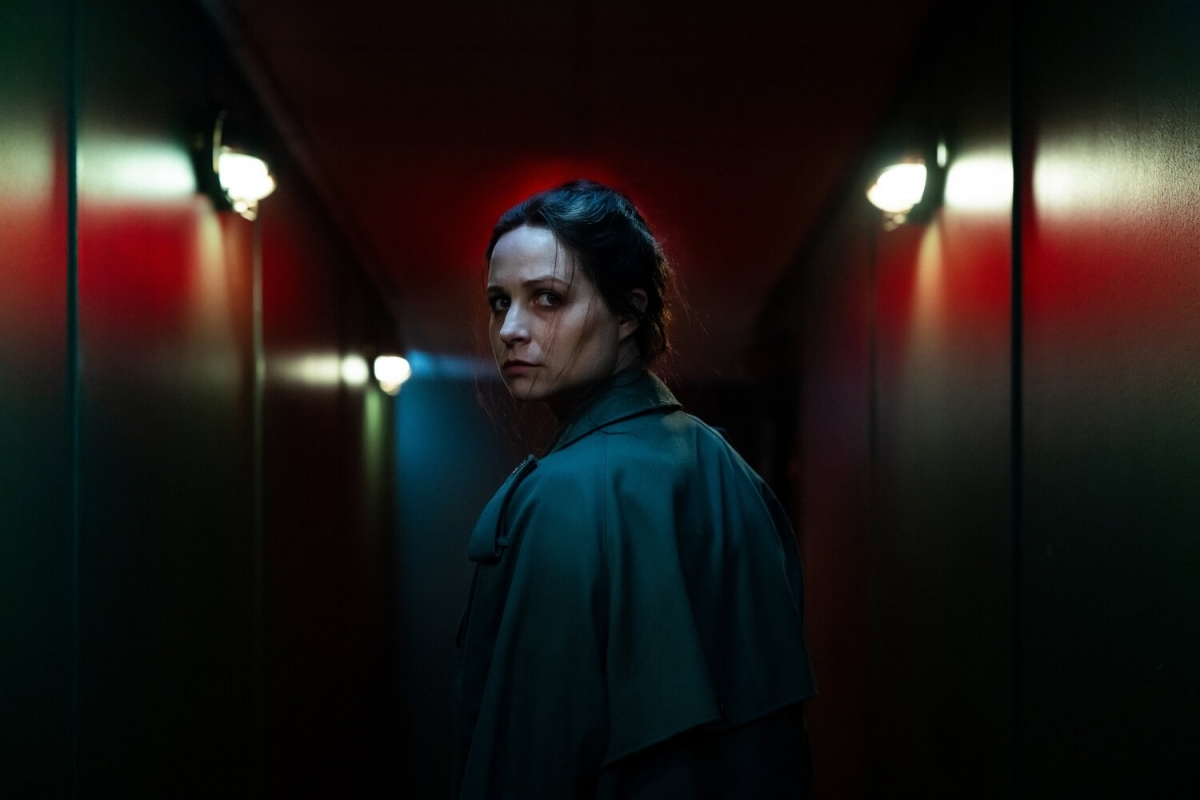
Niamh Algar in CENSOR, a Magnet release. © CPL/SSF. Photo credit: Maria Lax. Photo courtesy of Magnet Releasing.
With this in mind, the pair considered a range of gore-filled features, such as I Spit on Your Grave (1978, dir. Meir Zarchi, DP Yuri Haviv), Cannibal Holocaust (1980, dir. Ruggero Deodato, DP Sergio D’Offizi) and The Evil Dead (1981, dir. Sam Raimi, DP Tim Philo) for their grisly depictions of horror. The pair also referenced more modern films to examine the psyches of characters under stress, such as The Machinist (2004, dir. Brad Anderson, DP Xavi Giménez) and Black Swan (2010, dir. Darren Aronofsky, DP Matthew Libatique ASC).
“Prano loves horror films, and it was fascinating to absorb different styles and different ways of treating the psychological aspects of how individuals slowly unravel into madness,” says Summerson. “These references really gave us a lot of inspiration as to how we would motivate the camera and use color arcs to depict this particular story.”
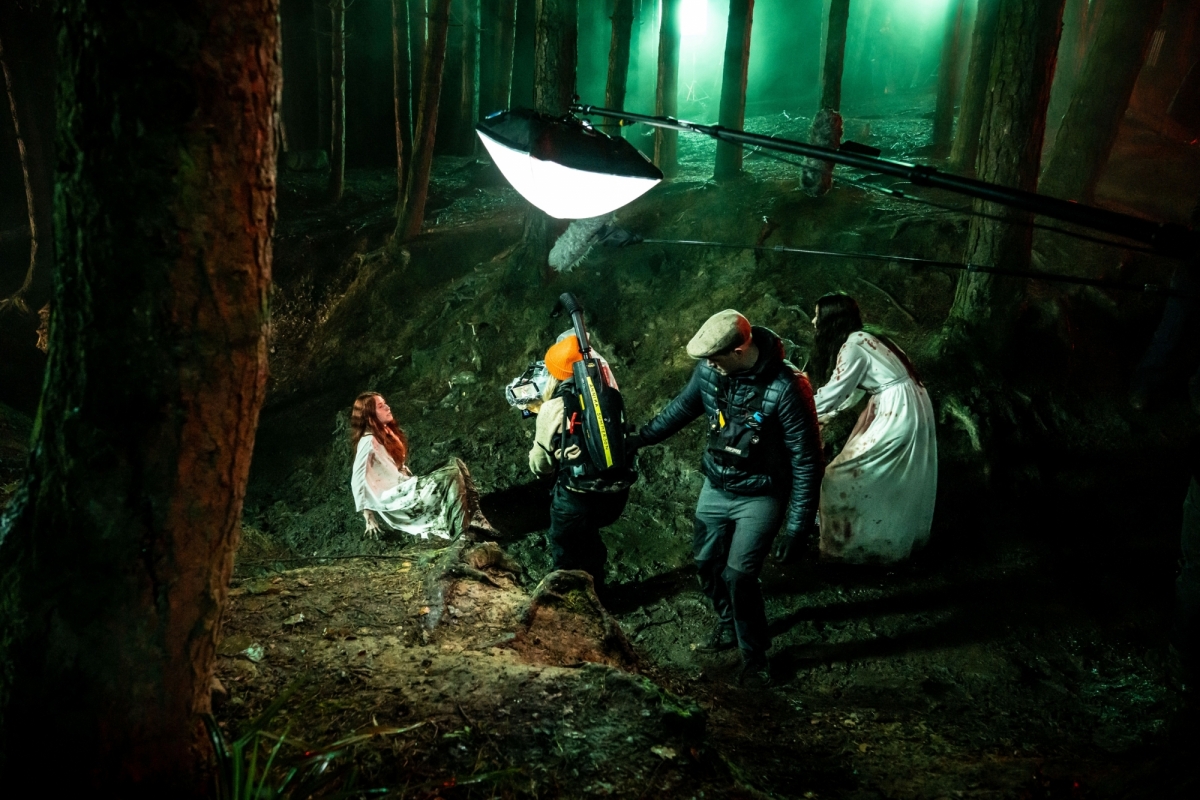
Sophia La Porta, Ann ika Summerson, Sean Kelly and Niamh Algar, be hind the scenes of CENSOR. © CPL/SSF . Photo credit: Maria Lax. Photo courtesy of Magnet Releasing
Production on Censor took place over the course of five weeks, during September and October 2019, at period-authentic locations around the city of Leeds, in the northern English county of West Yorkshire, which were suitably dressed and decorated by production designer Paulina Rzeszowska. The set for the film censor’s office was built within a disused office building in Pudsey, a small market town on the outskirts of Leeds.
After testing, Summerson decided to frame the action in 2.39:1 aspect ratio, using ARRICAM LT and ST cameras and vintage Canon K35 lenses. Her key filmstock was KODAK VISION3 500T Color Negative Film 5219, with KODAK VISION3 250D Color Negative Film 5207 used for day exterior scenes. Cameras and lenses were supplied by Movietech, based at Pinewood Studios.
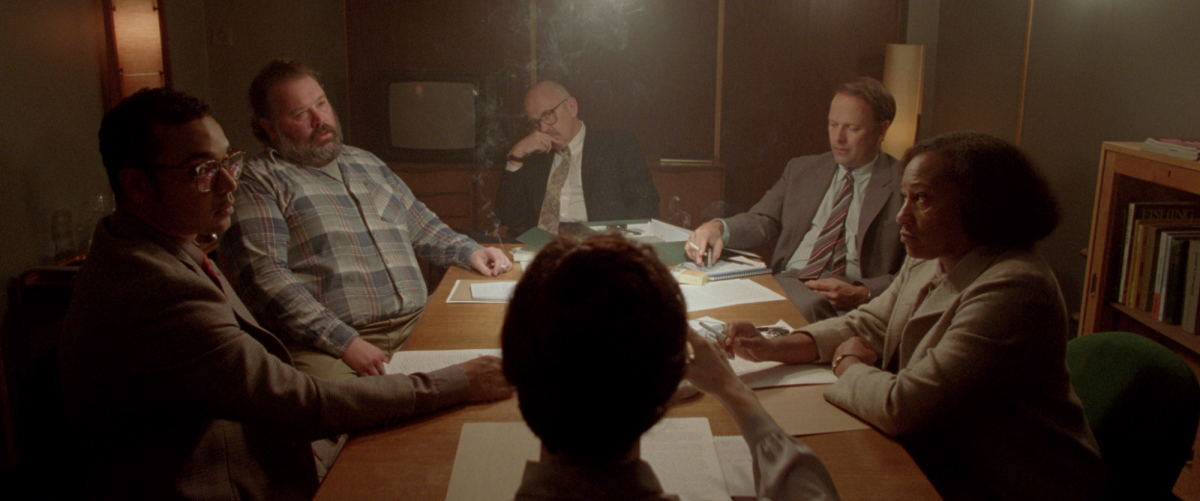
A scene from CENSOR, a Magnet release. © CPL/SSF. Photo courtesy of Magnet Releasing.
“As most of the movie takes place at night, I needed to optimize my exposures,” says Summerson. “I went with the K35s as they are fast with attractive bokeh and flattering skin tones but have a softer, less contrasty look than modern lenses. The 500T is perfect for indoor lighting and dramatic night shoots, rendering lovely colors, as well as detail in shadows and highlights. Although we considered shooting our day exteriors with 500T too, we really wanted to encourage a distinct visual difference between those scenes and the rest of the film and felt the 250D was perfect for that.”
Cinelab, based in Slough, UK, provided film processing and 2K scanning services, with Paul Dean overseeing the graded dailies.
To support the visual storytelling through camera movement, Summerson, who operated A-camera, says the image in the movie’s first act was kept deliberately rigid, controlled and constricted, with Enid center-framed and the camera motivated on the dolly in tune with her movement around the office. Steadicam moves, performed by Emilio Schläppi, were used as Enid becomes engrossed and affected in her work of watching the video nasties. The camera became largely handheld as the movie progresses to its dramatic denouement.
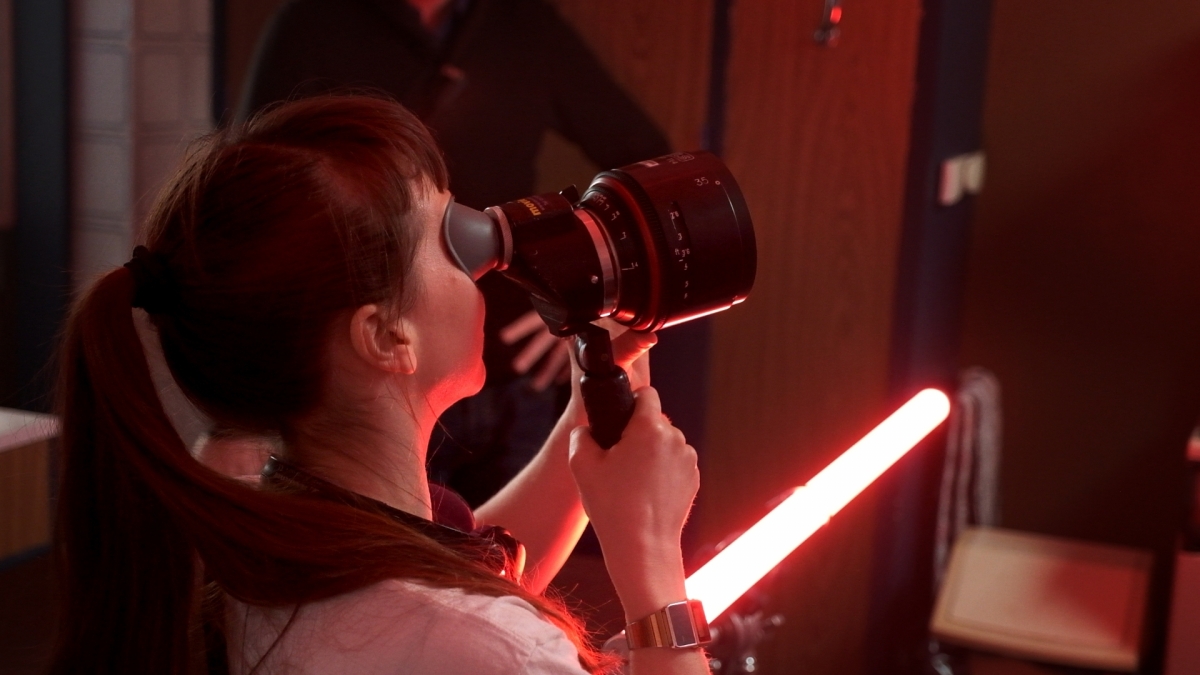
Prano Bailey-Bond, director of CENSOR. © CPL/SSF. Photo courtesy of Magnet Releasing.
Summerson also used a split dioptre, handheld in front of lens, to depict Enid’s fragmented memories and developing madness. A noteworthy element in the concluding minutes of the film is a slow change of aspect ratio, shrinking from 2.39:1 to 4:3 to reinforce the reality and fantasy becoming one. Although the transition was achieved in postproduction, it meant Summerson having to block and shoot those scenes with safelines in mind.
Having entered the cinematographic world from the less well-trodden path of lighting – she worked as a spark for several years, before entering college – Summerson says it was a joy to work with gaffer Elliott Beach on the movie’s color arc.
“I come from lighting and it is my great passion,” she says. “Prano was adamant that the office scenes needed to feel cold. So we started with an overall layer of gentle cyan and a subtle, nuanced color palette of gentle blues, greens and greys. As we enter Enid’s dreams and imagination, we developed a colorscape of strong purples and pinks, and gradually brought those into the office setting, together with red, which is always a strong color to suggest passion, danger and heightened emotion. Like any good horror should, the action ends up in a cabin in the woods, and I lit the film’s finale with red and cyans for a hyperreal result as the real and fictional elements of story all come together.”
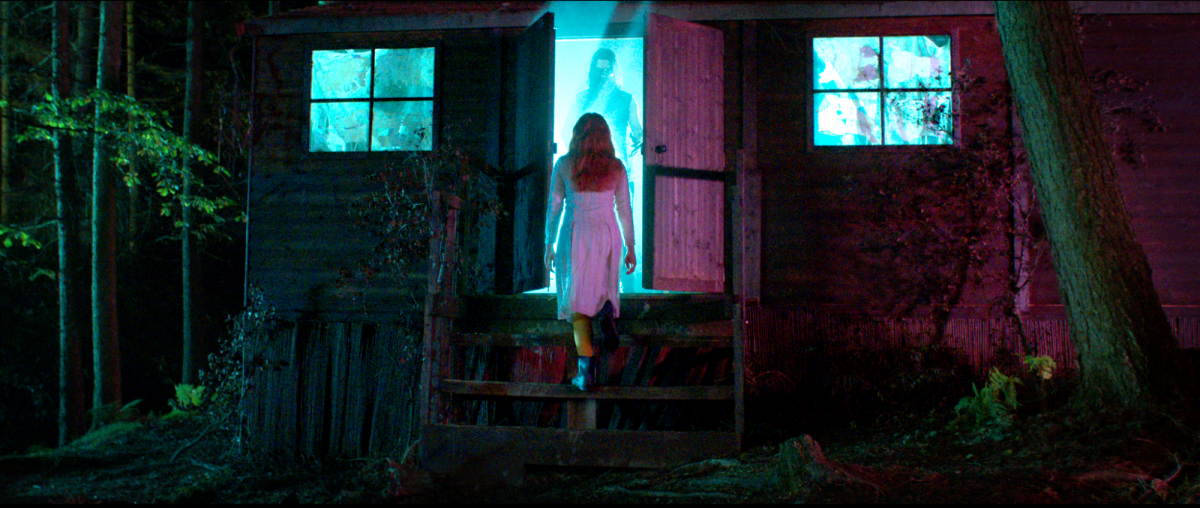
A scene from CENSOR, a Magnet release. © CPL/SSF. Photo courtesy of Magnet Releasing.
Although Censor was Summerson’s first full-length feature on film, she is no stranger to celluloid. Mentored at the NFTS to shoot with disciple, often encouraged to use just a single roll of film to tell a story, she shot her graduation short, Until the River Runs Red on S16mm, which went on to win best short film at BAFTA in 2011. She has also shot many other shorts, music videos and commercials on film, a good many of them directed by Bailey-Bond.
“Censor was always planned as a film shoot, and indeed that was part of Prano’s initial pitch for the funding,” says Summerson. “There’s just something about film, isn't there, that helps you not only enter a believable period movie but also invites you into a world of escapism and fantasy too.
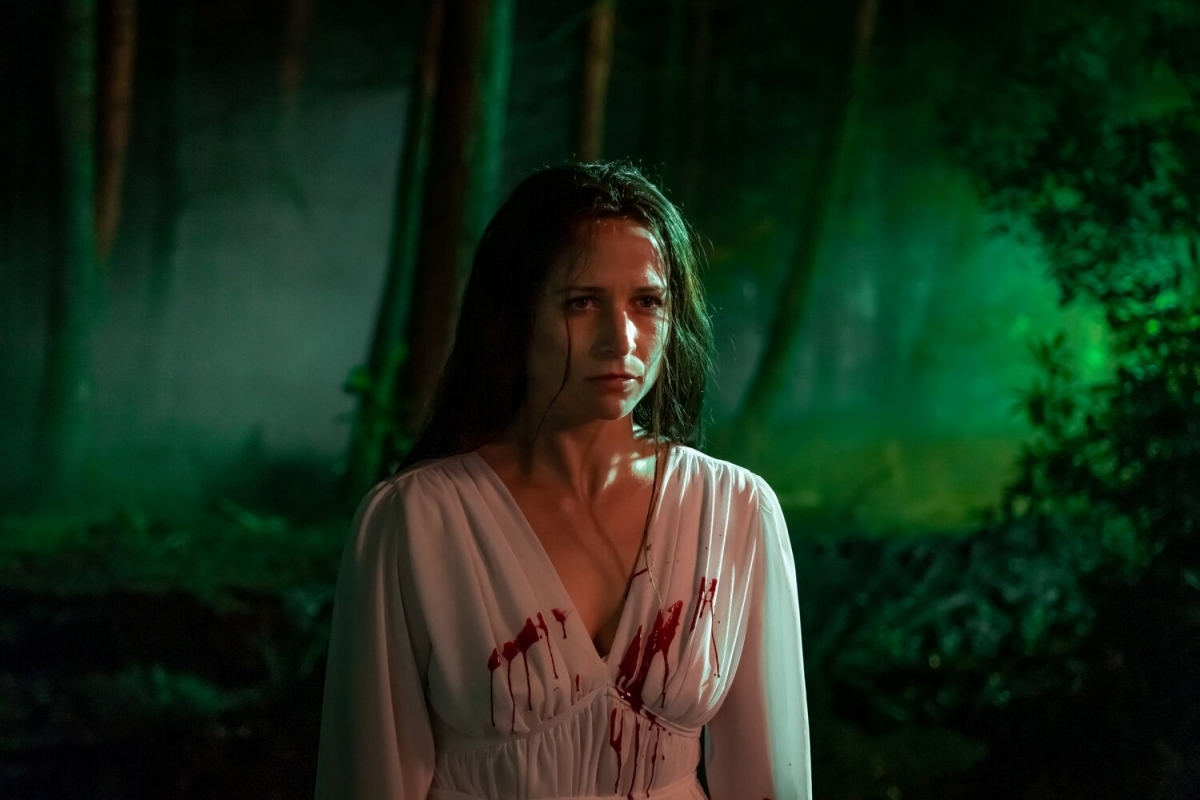
Niamh Algar in CENSOR, a Magnet release. © CPL/SSF. Photo credit: Maria Lax. Photo courtesy of Magnet Releasing.
“There is an automatic poetry in the filmed image that digital just does not have unless you are very careful to avoid that. It’s partly the unique texture of the film grain, partly the way the emulsion produces color.
“Film is also kind and forgiving. I had some first-day nerves, but when I saw the initial dailies that Paul Dean had tended so well to, I quickly felt really safe and secure about shooting on film, and knew I did not have to worry about exposure for the rest of the shoot. Film gave us a distinctive look straight out of the camera – the look we intended – and that’s what I love about shooting on celluloid.”